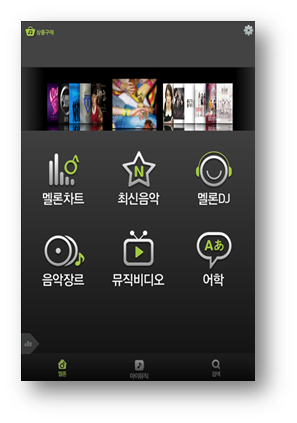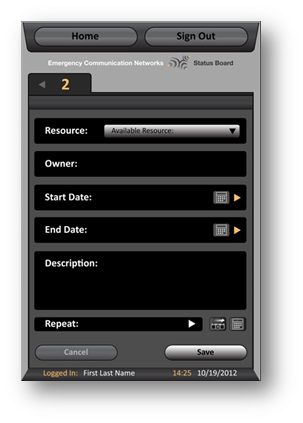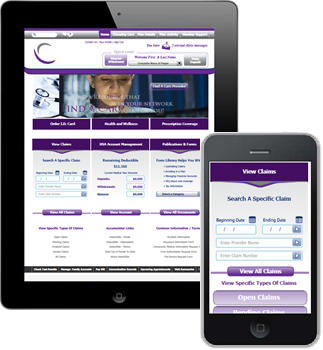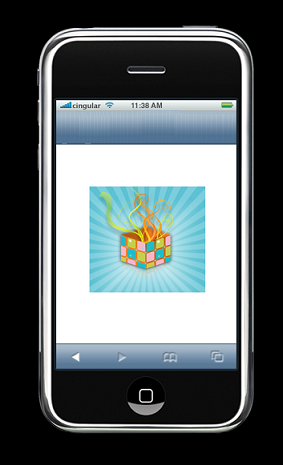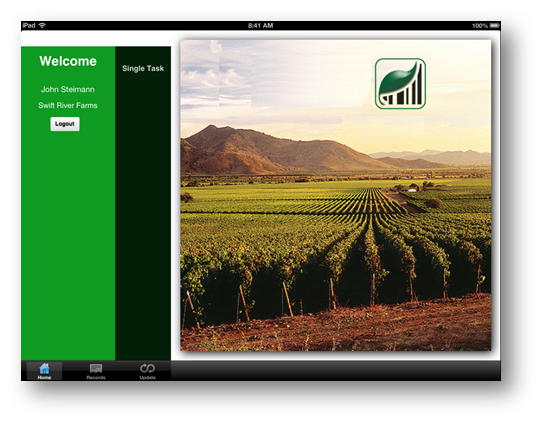 If you’ve been following my last few posts, you know I’m focusing on how to use mobile applications in innovative ways to reach customers. A good article by Sunil Gupta in the March 2013 issue of Harvard Business Review lays out five smart ways to create apps that enhance consumers’ lives and reinforce your brand in the process. See my previous post for the first two ideas. Today I delve into the remaining three: (1) provide social value, (2) offer incentives and (3) entertain.
If you’ve been following my last few posts, you know I’m focusing on how to use mobile applications in innovative ways to reach customers. A good article by Sunil Gupta in the March 2013 issue of Harvard Business Review lays out five smart ways to create apps that enhance consumers’ lives and reinforce your brand in the process. See my previous post for the first two ideas. Today I delve into the remaining three: (1) provide social value, (2) offer incentives and (3) entertain.
According to Gupta,
Providing social value is solving Facebook’s challenge of how to make money without alienating users. He writes, “Facebook added its billionth user in October 2012; its app is one of the most used in the mobile world. Yet Facebook, like other social media companies, has struggled to monetize its user base through advertising. Marketers question the effectiveness of ads on social media sites because ads interrupt the user experience of connecting with friends. Activities that enhance connections among friends are a different matter.
Social gifting is a case in point. As Reid Hoffman, a cofounder of LinkedIn and a partner at the venture capital firm Greylock Partners, has observed, it draws on three hot trends: gift cards, social networking and mobile shopping. Consider two examples: Since its November 2011 launch, more than 300,000 people have used the Swedish startup Wrapp to give their Facebook friends promotional gift cards available from nearly 100 major retailers. (In all, more than 2.2 million cards have been sent.) And in September 2012, three months after acquiring the mobile social gifting company Karma, Facebook announced the rollout of features that let users send their friends gift cards for Starbucks coffee, Magnolia Bakery cupcakes and other goods.
(2) Offer incentives. Apps that give away mobile minutes, for instance, can entice customers. The basic concept is familiar: many firms use short-term promotions and other incentives to entice customers to buy their products or the “like” them on Facebook. To win a spot among the handful of apps on a consumer’s mobile phone, however, marketers need to come up with especially creative incentives.
Coca-Cola did so with a recent promotion in Brazil. In March 2012 the company began installing special devices in venues such as beachfront kiosks—bright red machines that look like soft drink dispensers and bear the Coke symbol and the phrase “Refil de Felicidade” (“Refill Happiness”). After downloading a mobile app, consumers—typically teenagers—can hold their phones up to one of these machines, which will “dispense” 20 megabytes of free data credits while an image of a Coke bottle being filled up appears on the screen.
The last strategy for using effectively using apps to expose customers to your brand is to:
(3) Entertain. Companies can capitalize on the popularity of mobile gaming by devising games focused on their brands. Recall that smartphone users spend more than 40 percent of their app time playing games, and that the figure for table users is even higher. This represents a huge opportunity for savvy marketers.
Red Bull is one company that has capitalized on the opportunity. Instead of creating an app focused on its brand, it devised several mobile gaming apps, including Red Bull Kart Fighter, Red Bull X-Fighters, and Red Bull Air Force. For an energy drink company, building games requires a new and very different set of capabilities, and it is more complicated than simply buying banner ads. But the effort is paying off. In all, the games have been downloaded about two million times to date, and whenever a customer hits “play,” he’s engaging with Red Bull.
Another plus: developers’ fees often are far lower than those of ad agencies. So apps are not only the most effective way to reach mobile consumers; they’re also more cost-efficient than many traditional ad campaigns.”
In my next and final post on this topic I’ll tell you about mobile apps Intertech has created and how they’re helping our customers in the business-to-business space.
 Check out the following post on Intertech’s blog…
Check out the following post on Intertech’s blog…
